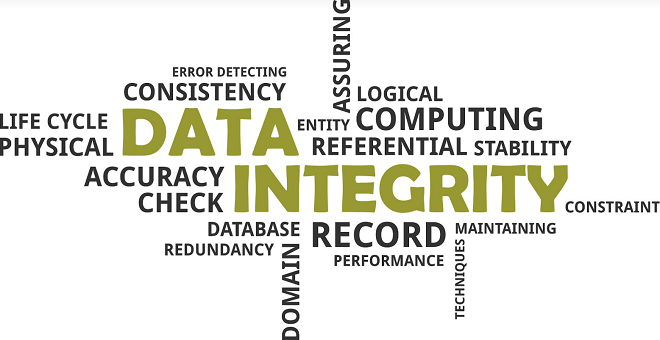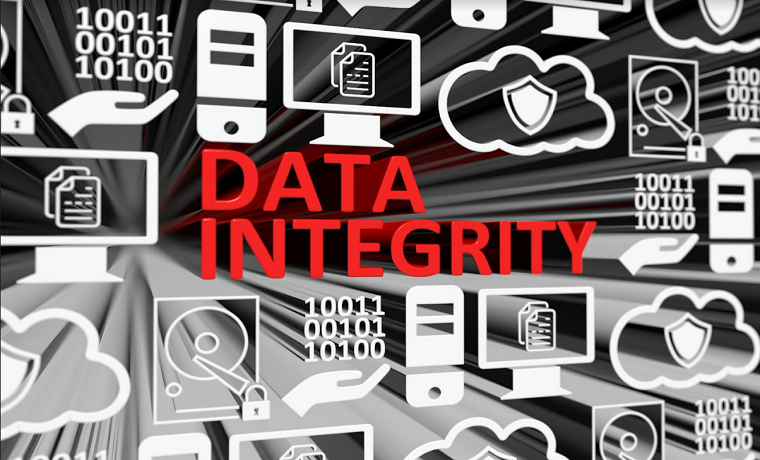Data is one of the fundamental aspects of most businesses. Almost all organizations exchange, generate, consume, and modify an insane amount of data in this modern era. This improves business operations, develops key performance indicators (KPIs), and makes it easier to understand market forces.
Due to the increased importance and dependence on data, it’s the responsibility of the business owner to ensure it has integrity. Failure to keep track of data transferred within your organization can significantly affect your decision-making abilities.
The following article discusses what you need to know about data integrity. You’ll learn what data integrity is, how to maintain it when you’re moving your files, and much more. Read on.
What Is Data Integrity?
In simple terms, data integrity refers to the reliability and trustworthiness of data during its entire lifecycle. The cycle involves the moment it was created, transferred, stored, and used in decision-making processes. Generally, data integrity answers whether the available file is reliable, accurate, and dependable.
A file with integrity should have no compromise or variation from the original file. Data integrity usually goes hand in hand with data security. While data security prevents the illegal access of files and documents, data integrity seeks to maintain data’s overall availability and reliability.

How To Maintain Data Integrity
There are several ways you can use to maintain the integrity of your files while on transit. They include:
-
Maintain Audit Trail
An audit trail makes it easier to track the source of data changes. You’ll identify which documents or files were manipulated and how possible the breach is. Thanks to technological advancement, using automation and file transfer software tools make it hard for unauthorized individuals to tamper with the results of the audit trail. Thus, you can track data events such as create, delete, and more, the time it was triggered, along with the individuals who started the events.
Take enough time to analyze the audit trail. Identify breach issues such as human error and ransomware attacks, and implement measures to rectify the issue.
-
Limit Access
This is another way to maintain data integrity during file transfer. Allowing everyone to access your files increases the chances of compromise and deletion. Thanks to technological advancement, you can limit access by using firewalls and encryption tools. This will limit the number of people who can access the file, maintaining its integrity.
Also, if you’re transferring a physical file, ensure it’s protected from illegal manipulation and update. You can either deliver the document by yourself or entrust a reputable courier company to undertake the delivery.
-
Data Entry Training And Accountability
The user should be adequately trained to enter and transfer data to maintain data integrity. Manual data entry increases the chances of errors, which might affect your decision-making ability. For this reason, it’s crucial to provide sufficient training to team members with system access on data entry and upload protocols. There are several ways you can ensure the team members are appropriately trained, and they include:
- Integrating training programs into your business operations will ensure an active program for team members to refer to whenever needed. Also, the training program should be evolving to meet ever-changing operational needs.
- Access based on their training and role: as a business owner, ensure each team member can only access a specific file level. This will ensure the person accessing the file is adequately trained to handle and transfer the file.
Also, you should train your team members on the importance of maintaining data integrity. Please encourage them to adhere to set rules and guidelines when transferring files from one organization to another, keeping the reliability and consistency of data.
-
Remove Duplicate Data
Duplicate data can compromise data integrity, leading to errors and ambiguity. Thus, identifying and removing duplicate data files can maintain their integrity effectively. Depending on the size of your company, you can have an in-house staff dedicated to identifying and eliminating duplicates, or you can install systems to help you with this.
-
Back-Up Data
Apart from removing duplicates, backing up your data will go a long way in maintaining data integrity. It’ll also ensure you don’t lose your data permanently. If your file is compromised during the transit, you’ll have the original copy of the data.
It’s crucial to back up your data in secure storage systems. In this era of cloud computing, you can easily back up and store data in secure storage solutions. Conduct extensive research to identify a reputable vendor offering storage solutions to ensure you have a reliable data backup.
Bottom Line
As discussed above, maintaining data integrity ensures access to reliable and trustworthy data when making important decisions. Ensure you choose the ideal measure to implement to protect data integrity, especially when moving from one organization to another.

